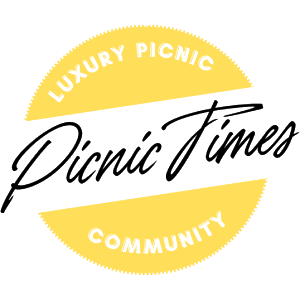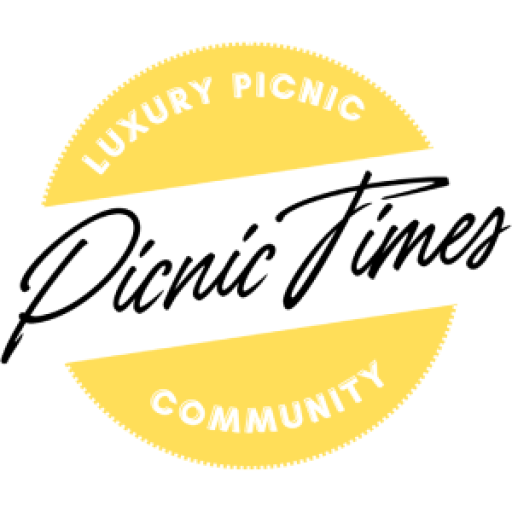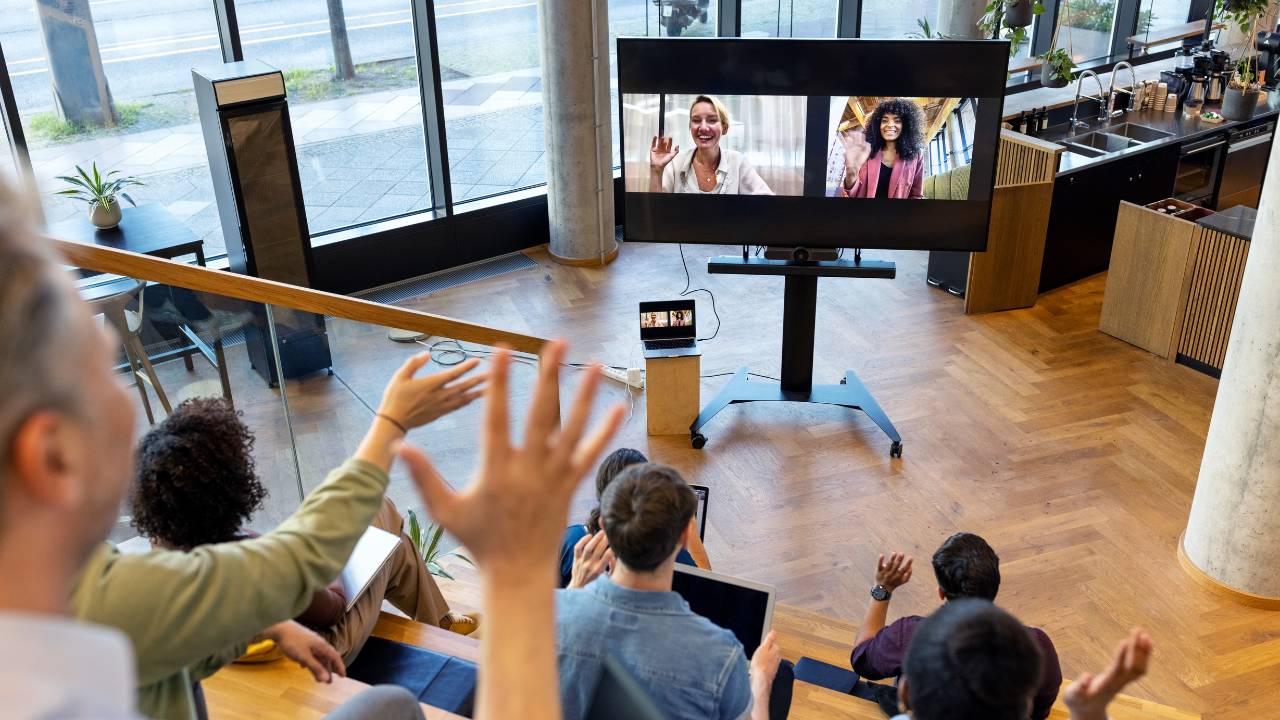Hybrid events are reshaping how people connect in 2025. They combine the energy of in-person gatherings with the accessibility of digital participation, creating opportunities for both brands and guests to interact without limits.
As live celebrations return, virtual access remains vital for inclusivity, reach, and flexibility. This guide explains why hybrid events continue to grow in importance, outlines what drives their success, and shows how careful planning can turn every event into a meaningful shared experience.
Quick Links:
- What Makes Hybrid Events Work Today
- Why Businesses and Creators Benefit from Going Hybrid
- Hybrid Event Planning Essentials for 2025
- Hybrid Event Ideas That Inspire Engagement
- The Blueprint for Successful Hybrid Events
- Sustainability and Accessibility in Hybrid Events
- Creating Meaningful Hybrid Experiences
What Makes Hybrid Events Work Today
Hybrid events bring live and online audiences together in one seamless experience. They function as hybrid virtual and in-person gatherings, allowing people to participate in the way that best fits their schedule, location, or comfort level. Presenters can engage with an in-room audience while connecting with a wider group online in real time.
This event format works because it:
- Expands accessibility — Anyone with an internet connection can join, removing barriers related to travel, distance, or mobility.
- Supports flexibility — Attendees can choose how they participate, ensuring comfort and convenience for every guest.
- Encourages inclusivity — Hybrid setups reduce limits tied to venue size or budget, opening participation to more people.
- Strengthens engagement — Speakers can interact with both physical and virtual attendees simultaneously, creating dynamic exchanges.
- Aligns with modern event design — Organizers now plan layouts, content, and visuals that deliver consistent energy and quality across both settings.
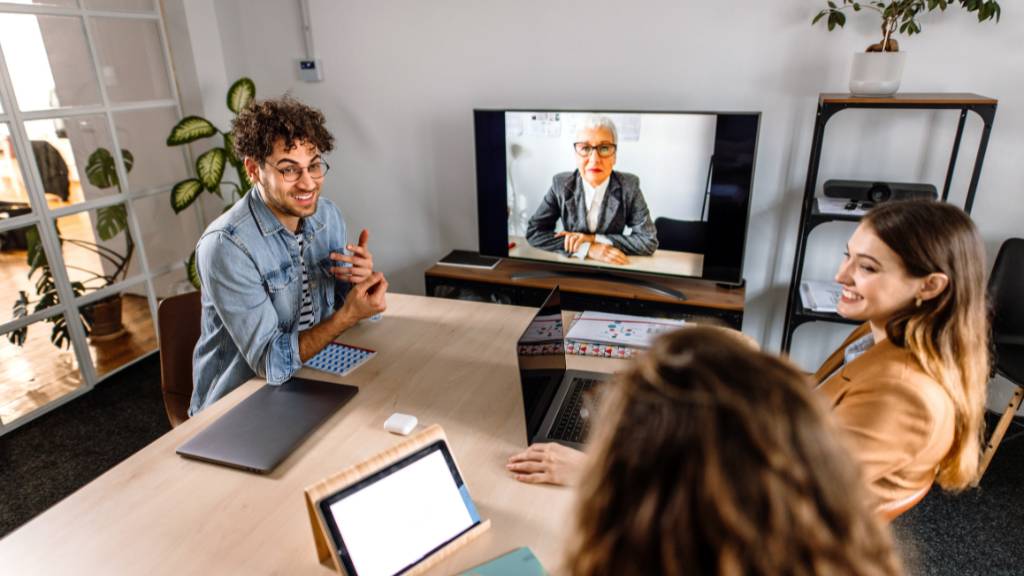
The continued growth of hybrid events reflects a shift toward adaptable formats and digital-focused event design. Organizers now plan environments that work equally well for in-person and online audiences, keeping energy consistent throughout the program. This evolution continues to influence how professionals approach future trends in event design.
Why Businesses and Creators Benefit from Going Hybrid
Hybrid events provide measurable advantages that improve reach, cost efficiency, and sustainability.
- Wider audience reach. Hosting live and digital sessions together removes space limits and travel barriers. Attendance often expands beyond what a single venue can manage, allowing brands to connect with participants across regions.
- Lower operational costs. Reducing the need for accommodation, catering, and transport lowers expenses for organizers. Reports show smaller per-attendee costs while engagement remains strong.
- Higher engagement rates. Hybrid formats support interactive tools such as live chat, polls, and replay access. Participation often increases, with some events reporting up to a 30% rise in attendance when a virtual option is available.
- Community growth. Mixed participation encourages ongoing connection through networking lounges, follow-up webinars, and local watch parties. These touchpoints help build loyalty and stronger brand relationships.
- Sustainable event practices. Fewer people traveling means a smaller carbon footprint and reduced waste. Using event sustainability tools or energy-efficient equipment supports a more eco-conscious approach to event planning.
Hybrid Event Planning Essentials for 2025
Effective hybrid event planning starts with a clear structure and thoughtful design. Each step shapes how attendees experience both the live and virtual sides of your program.
Define Your Audience Mix
Identify who will attend in person and who will join online. Knowing this balance helps set expectations for engagement, timing, and content delivery.
Select a Connected Venue and Platform
Choose a venue with reliable internet and technical support. Pair it with a virtual platform that supports live streaming, chat, and analytics for a seamless experience across both groups.
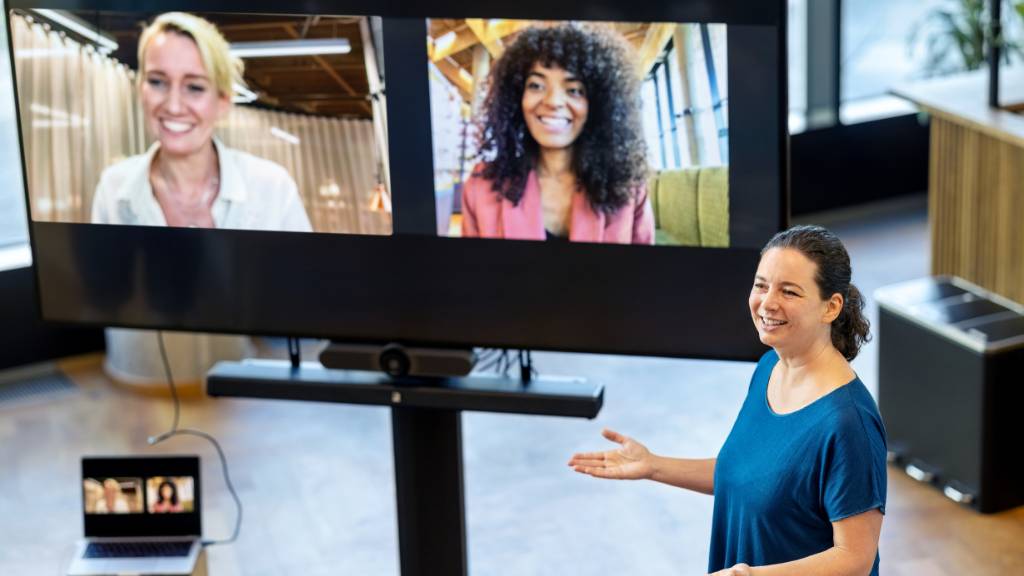
Design Separate Registration Paths
Create individual sign-up flows for onsite and online guests. Provide each group with the right event details, schedules, and access links. This approach simplifies logistics and keeps communication consistent.
Focus on Consistent Engagement
Align the in-person atmosphere with the digital experience so that every attendee feels equally included. Consistency in pacing, visual design, and interactivity keeps attention steady throughout the event.
Building a Team for Two Experiences
A strong team ensures that both sides of the event run in sync. Assign an on-site lead to manage the physical setup, a virtual producer to handle the digital stream, and a moderator to engage with remote attendees through live chat or polls. Coordinating these roles keeps the event cohesive and professional.
Choosing the Right Tools
Use reliable platforms for live streaming, polling, and attendee engagement. Event management software can centralize registration, scheduling, and post-event reports.
These tools improve efficiency and consistency across both audiences. In the business side of event coordination, well-structured event business models continue to shape new opportunities across the experience industry.
Hybrid Event Ideas That Inspire Engagement
Creative hybrid event ideas turn ordinary sessions into interactive experiences that capture both live and online attention. The goal is to keep energy consistent and participation strong for every guest, regardless of where they join.
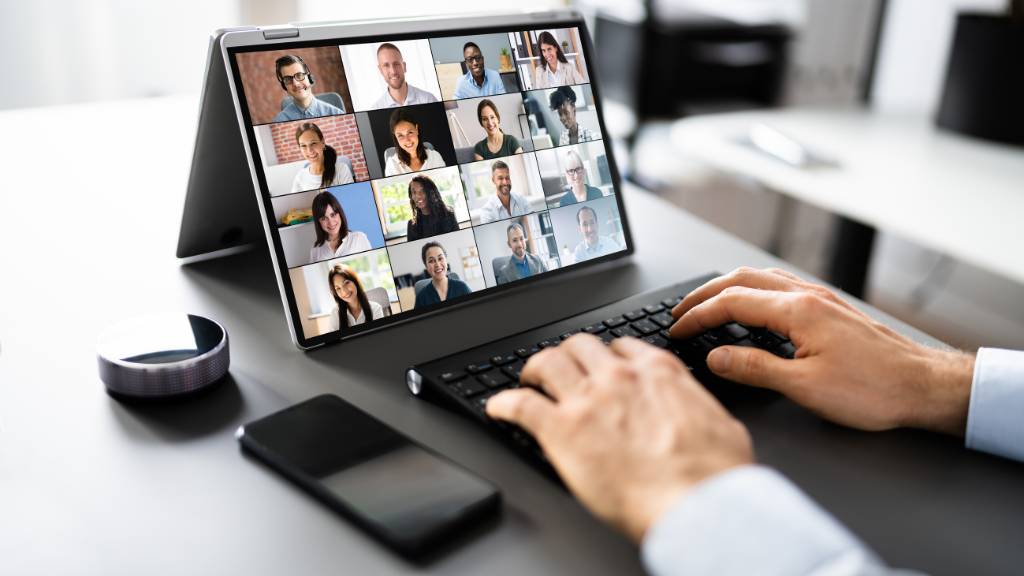
- Hybrid cooking demos: Combine a live chef presentation with real-time streaming so remote attendees can cook along from home. Provide ingredient lists in advance to make participation easy.
- Interactive art workshops: Set up tables for in-person guests while digital participants follow a guided tutorial on screen. Use cameras that highlight the creative process from every angle for a shared artistic moment.
- Global product launches: Present new products on stage while streaming the reveal to a worldwide audience. Include synchronized chats for live questions and feedback to make everyone part of the moment.
Making Digital Attendees Feel Included
Connection holds the same importance for online guests as it does for those at the venue. Assign a chat host to lead discussions, manage polls, and keep participants engaged throughout the sessions. Breakout rooms can serve as smaller spaces where virtual attendees exchange ideas or interact with peers who share similar interests.
Simple activities such as brief Q&A sessions, themed company picnic events, or reflection rounds encourage involvement and keep energy steady. When both audiences share equal access and attention, the entire program gains a stronger sense of community and shared purpose.
The Blueprint for Successful Hybrid Events
Running successful hybrid events requires careful planning that combines structure, timing, and creativity. A clear checklist helps organizers manage both live and virtual experiences with equal attention.
Success Checklist
- Set clear objectives – Define measurable goals such as attendance targets, engagement levels, and post-event outcomes.
- Create a balanced agenda – Alternate between live and streamed sessions to keep both audiences focused and involved.
- Use reliable technology – Test cameras, microphones, and streaming tools before the event. Always prepare a backup plan.
- Schedule rehearsals – Conduct practice sessions so speakers and moderators align on timing, transitions, and technical flow.
Common Challenges and Simple Fixes
- Time zone differences. Record sessions and make them available on demand for participants in other regions.
- Content fatigue. Keep presentations concise and interactive. Add polls, short breaks, or Q&A sessions to maintain interest.
- Uneven engagement. Assign moderators to connect virtual and in-person guests, ensuring both groups stay equally involved.

Strong coordination often begins with experienced event teams. Learn how in-person event specialists in Los Angeles combine planning precision and creativity to set the standard for seamless hybrid execution.
Design and Styling That Connect Both Worlds
Visual design defines how hybrid audiences experience an event. Stage layout, lighting, and backdrop styling should appear cohesive both in person and on screen.
Clean lines, balanced colors, and camera-friendly materials help maintain a professional and inviting look across settings. Subtle elements such as coordinated décor or consistent branding link the two environments into a unified experience.
Décor continuity strengthens this connection between the venue and the virtual view. The same design choices that enhance the physical space, like centerpieces, textured fabrics, or accent lighting, should also be visible on camera to preserve harmony.
Every event styling element matters, from the arrangement of the backdrop to the way lighting highlights the speaker on screen. Careful attention to framing, depth, and color balance ensures the digital perspective stays warm, cohesive, and visually aligned with the atmosphere in the room.
Sustainability and Accessibility in Hybrid Events
Hybrid formats support sustainability by reducing travel demands and large-scale venue use. Fewer flights, shorter commutes, and smaller in-person setups all contribute to lower carbon emissions.
Hosting part of the audience online also cuts down on material waste and energy use, helping events achieve their goals while minimizing environmental impact.
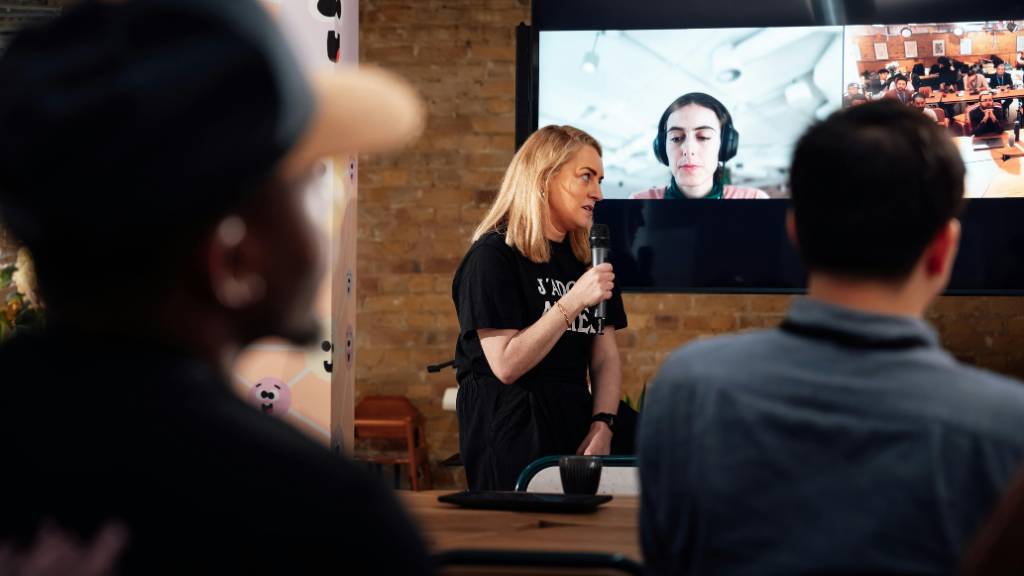
Accessibility carries equal importance in modern event planning. Live captions, multilingual streams, and on-screen text ensure that information is available to everyone, regardless of language or hearing ability.
Venues designed with ADA-compliant pathways, adaptive seating, and assistive technologies create comfortable environments for all participants. These thoughtful adjustments make events more inclusive and extend engagement to audiences who might otherwise be left out.
The continued refinement of hybrid event technology trends shows how sustainability and accessibility can progress together. Each new approach strengthens participation, leaving both physical and digital guests connected to the same shared experience.
Creating Meaningful Hybrid Experiences
Hybrid events continue to shape the way people connect and participate. They bring flexibility to event planning and open opportunities for engagement both in person and online.
The most successful hybrid experiences focus on connection, creativity, and consistency, values that keep participants engaged long after the event ends.
For businesses and planners, innovation remains a key part of progress. Each event provides a chance to refine strategies, apply new tools, and design experiences that reflect audience expectations and brand identity.
By staying adaptable and forward-thinking, organizers can strengthen engagement and create meaningful interactions across every platform. Keep shaping memorable experiences with event design insights and creative planning guidance at Picnic Times.
